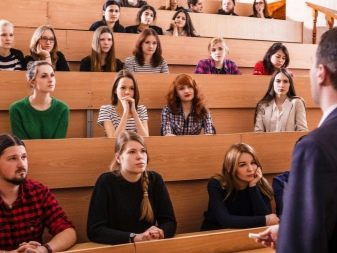What is the difference between a teacher and a teacher?
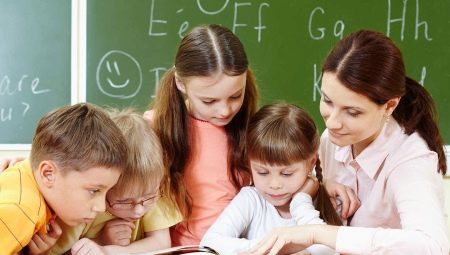
Usually people do not see the difference between such two similar and seemingly identical concepts as a teacher and a teacher. In fact, these specialists have different professional requirements. The level of their training also differs.
What is a teacher?
In the general sense of the word the teacher is a full-time teaching staff member of a comprehensive schoolteaching a certain subject to students. He combines teaching an academic discipline with mentoring and educational work, and reports to the director of the educational institution and his deputies. The main tools for managing the educational process are effective technologies for presenting material and monitoring the assimilation of the necessary knowledge.
When creating a basic level of knowledge and skills of students, the teacher relies on the state educational standard... The teacher is constantly honing his teaching skills, doing educational, methodological and social educational work. He uses certain techniques and techniques to present the necessary material, assists in the formation of a harmoniously developed personality of his pupils.
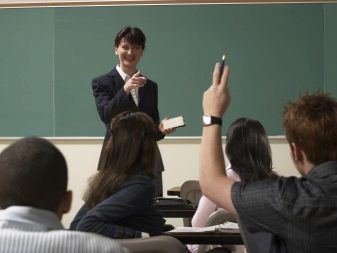
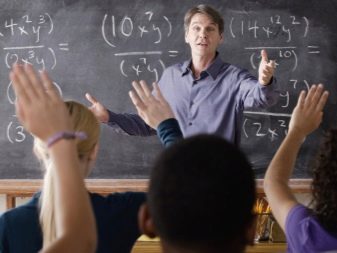
Children do not have developed intelligence and formed volitional qualities. They are still in the making. It is for this reason that a child is a fragile creature whose unstable psyche is easy to break. In the course of professional activity the teacher adapts to each student with whom he works... The teacher identifies his weak and strong sides, uses pedagogical methods in order to neutralize weaknesses and stimulate the strong qualities of the child's personality.
The teacher instills in students general cultural, humanistic and moral values. He forms their worldview and instills some intellectual norms, ensuring the safety of schoolchildren during the educational process. In a general education institution, children must learn to acquire the necessary knowledge on their own.
In addition, the word “teacher” may have a broader concept. This is often called a spiritual mentor who has special knowledge achieved through long-term moral improvement.
This word is sometimes called the teacher, the followers of which become the students. Pupils adore a person who is of special importance to them due to certain life principles.

What is a teacher?
A person who has the right to teach in secondary specialized or higher educational institutions, often endowed with an academic degree and title... In universities, the teaching position is usually occupied by people who form the intermediate link between the assistant and the senior teacher. They conduct seminars and laboratory classes, help take exams and tests from students. Most often at the university this position belongs to a teacher who does not have a scientific degree.
The teacher carries out scientific and teaching and scientific and methodological activities. He is obliged to develop new curricula, work on methodological recommendations and teaching aids that help students to reach a new qualitative level of development during the period of acquiring complex scientific knowledge. An employee of a higher school participates in scientific and practical conferences, debates, disputes, seminars.
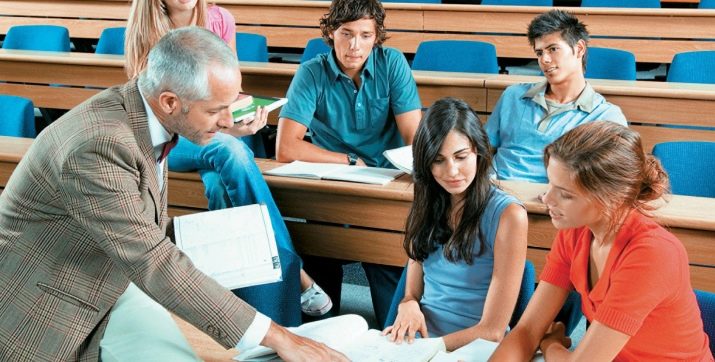
The teacher is able to convey lecture material to students, conduct consultations, seminars, practical and laboratory classes. He deals with a fairly old contingent, therefore, it is his responsibility to present the necessary information to the students, and not to teach them a specific subject. The teacher informs and supervises the students. He should not adapt to his listeners, who are already established personalities. Usually, students adapt to their mentor, who sets them a certain intellectual and creative level.
The teacher passes on to the next generation his own knowledge accumulated in the process of professional activity. It helps students learn to compare, analyze information, find cause-and-effect relationships. Acts as a guide to the world of science: he himself is engaged in scientific work and introduces students to it. Instead of school methods he uses a lecture and credit system... Its main goal is not so much to give the knowledge itself, but to teach the ability to receive it. In other words, he introduces students to self-study, self-development, self-education.
Students, focusing on the teacher and his skill, show independence in performing the tasks assigned to them, develop their intellectual and volitional qualities.
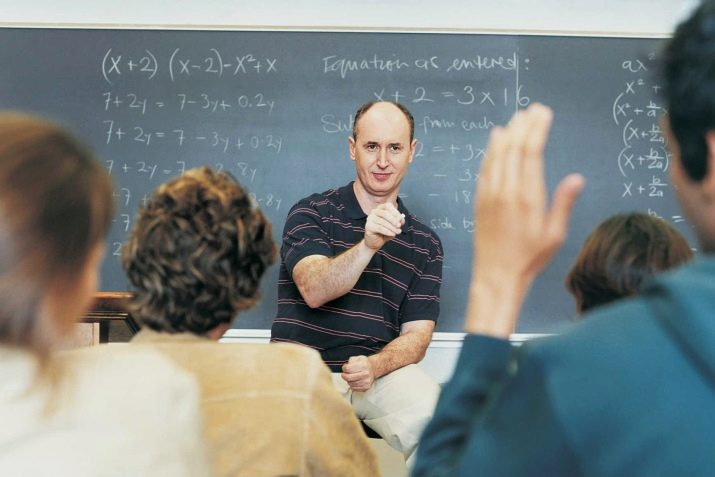
What are the common and what are the differences?
Teachers and lecturers combines the responsibility to share their knowledge on a certain academic discipline, to provide students with assistance in mastering the material... Employees in these positions are teachers, because they contribute to the formation of a worldview and the development of intelligence through the application of pedagogical theory and practice necessary for the implementation of the process of upbringing, teaching and enlightening other people. Most often, representatives of these professions use advanced pedagogical methods.
The difference between the two is that the teacher works in a general education school, and the teacher works in a college or university... The teacher is usually a graduate of a pedagogical secondary specialized or higher educational institution, and the teacher is a university or academy. Both professions are directly related to the pedagogical educational sphere. Persons with the appropriate education for teaching a specific academic discipline are involved as teachers.
In the absence of special education, it is recommended to undergo retraining in the appropriate profile. Professional development of employees of the pedagogical sphere is carried out every 3 years.
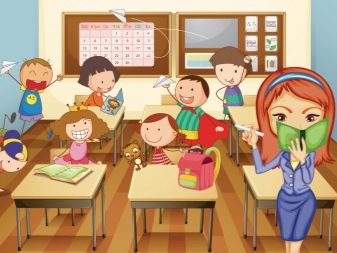
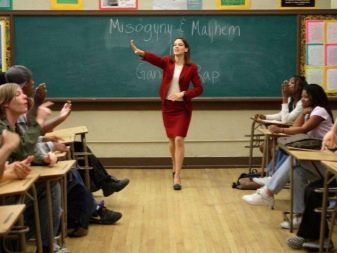
If it is necessary to obtain a qualification category of two positions at the same time ("teacher" and "teacher"), the teacher has the right to apply for this if he works in two organizations of different types... One of the positions is usually part-time and is formalized accordingly.
The difference between teacher and trainer lies in the different reflection of specific professional goals. Educational functions are assigned to teachers... Its main task is to teach, develop and educate children. He must teach the child to search, comprehend and systematize the necessary information, draw the necessary conclusions from the scattered information that will be useful to him for further education.
The teacher is in direct communication with students and their parents. He is obliged to contact various public organizations and government services that are related to the protection of children's rights.
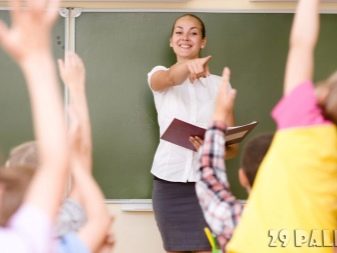
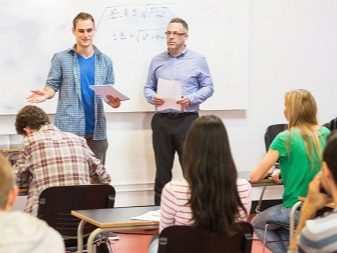
The teacher does not need to deal with issues of education. It is enough for him to convey the necessary educational information to the attention of students, refer them to sources for self-study. There, students get 80% of the material they need, and the teacher is obliged to control the implementation of the assignments. In addition, he must engage in scientific activities and involve his wards in this process.
Teachers are not obligated to participate in scientific research, but they should teach students to be independent and prepare them to accept scientific information. The teacher, using special pedagogical methods and techniques, lays down a theoretical foundation for his students, which in the future will help them use the acquired knowledge and skills in their further education in higher educational institutions.
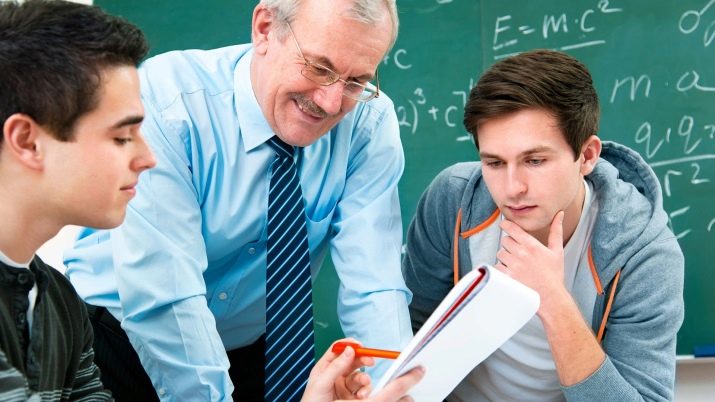
The teacher organizes research work in order to improve knowledge in a particular area. He provides the necessary scientific or methodological material for a specific academic discipline and organizes control over the quality of its assimilation.
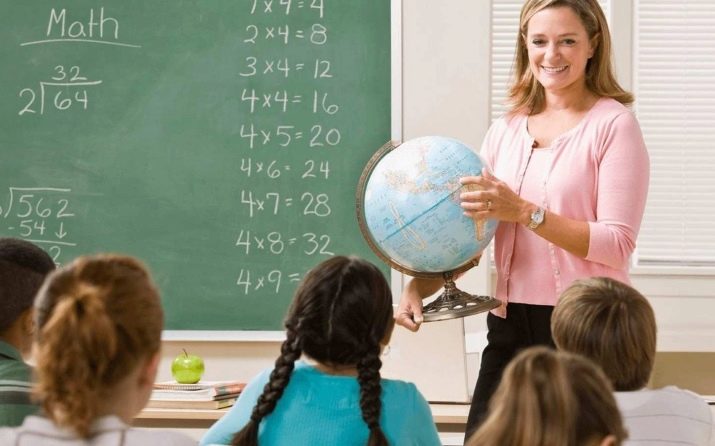
Thus, the teacher must be able to transfer elementary, ordinary, standard knowledge unique, unrepeatable, extraordinary students, and teacher - to convey unique, non-standard knowledge to ordinary, standard students. At school, teachers adapt to the children, at the university, students adapt to the teacher. In a general education institution, there is a direct adaptation, and in a higher educational institution, a reverse adaptation.

